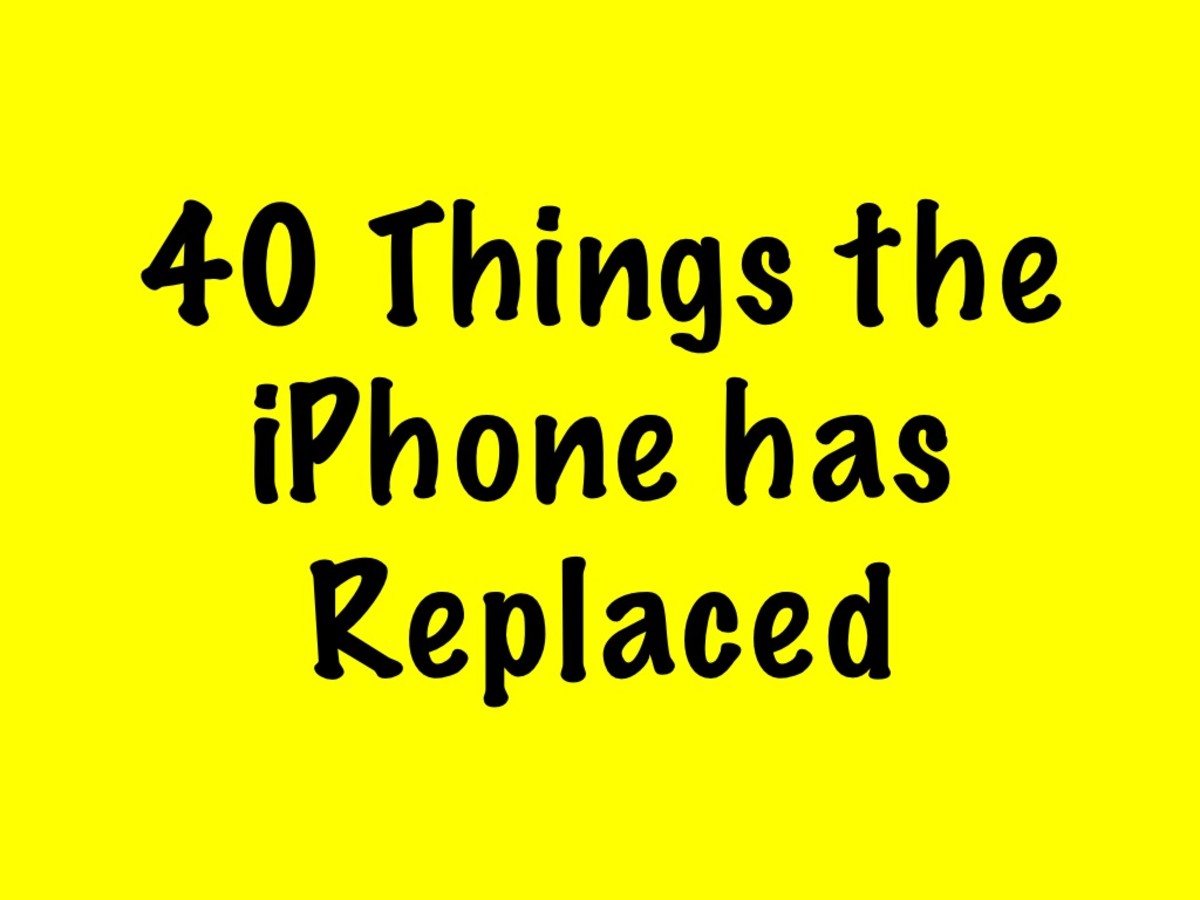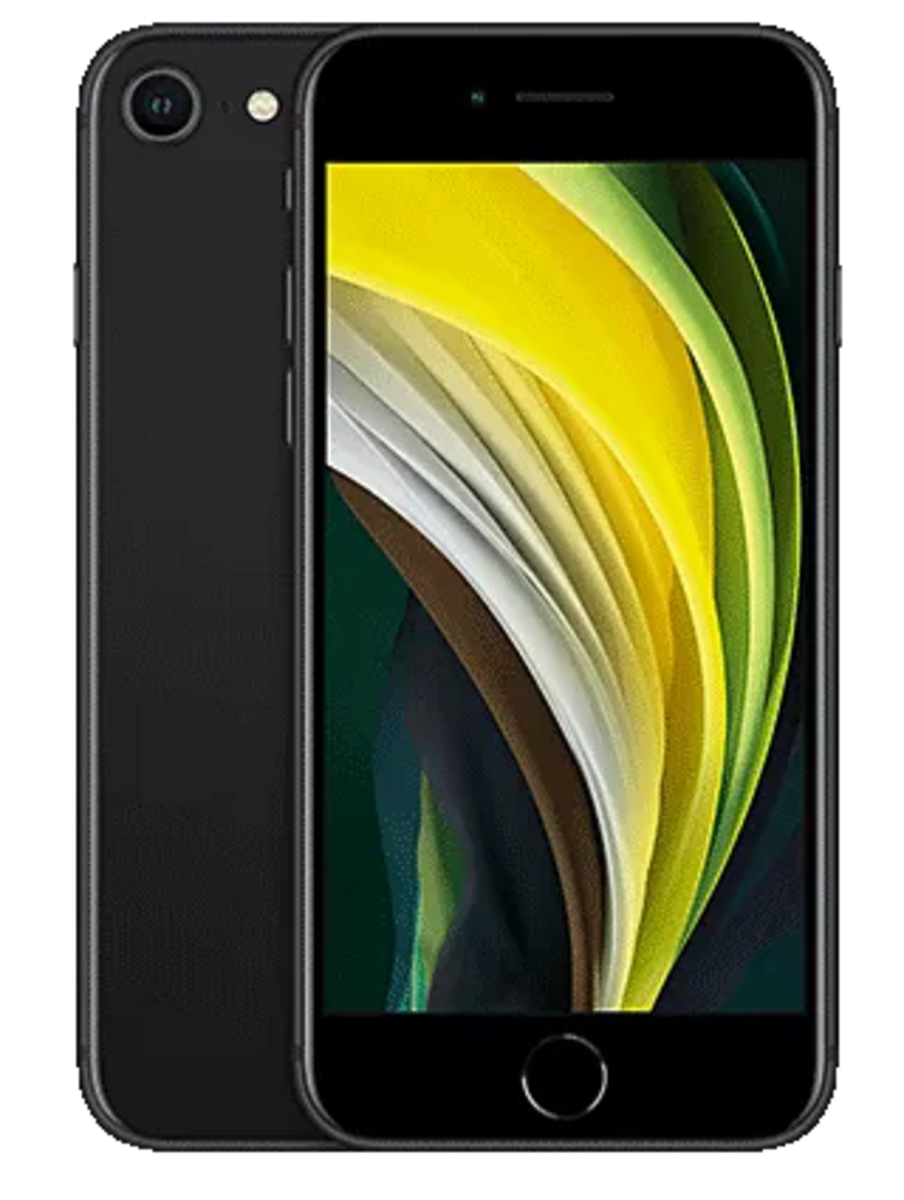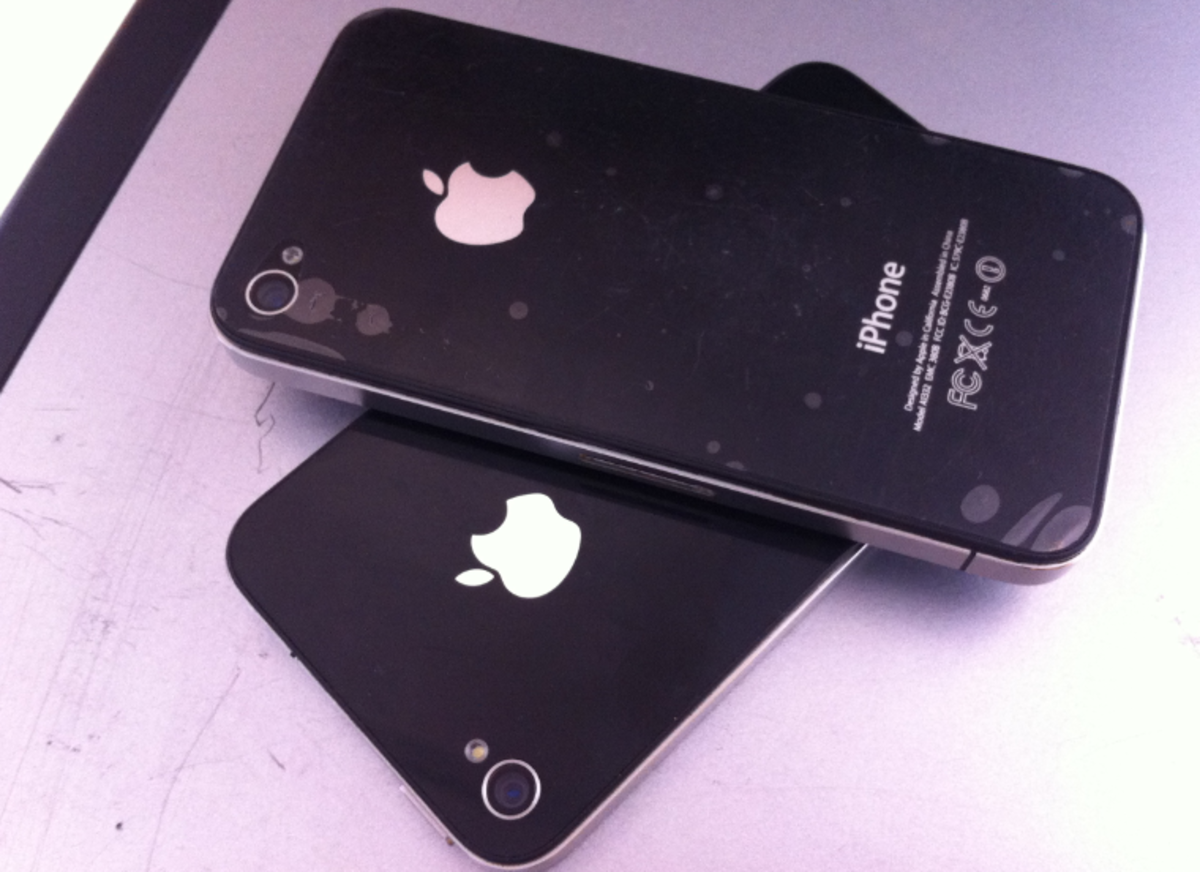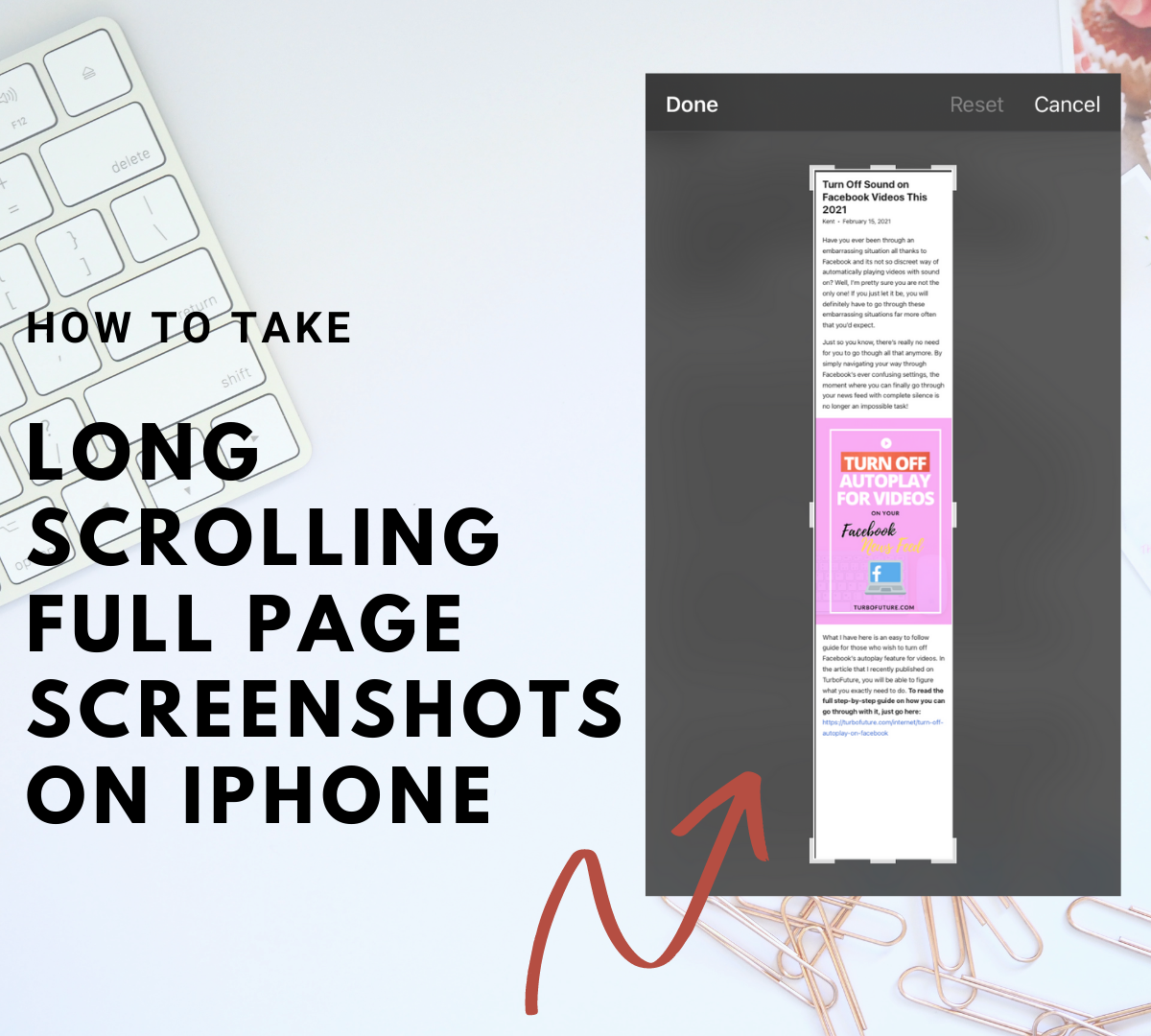- HubPages»
- Technology»
- Communications»
- Smartphones
iPhone - your fingers do the walking
iPhone Video
Photo from www.Apple.com/iphone/phone
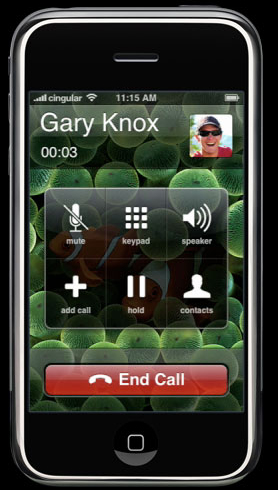
The web is still buzzing about the new iPhone by Apple. It became available exclusively through Apple and AT&T in June 07, and as rumored it caused such a stir that subscribers under contracts with other wireless carriers seriously contemplated a switch. They were lured by the high end features of the iPhone as well as the svelte dimensions. It measures a mere 2.4 inches wide, 4.5 inches long and 0.46 inches thick.
The iPhone looks to be very intuitive. Its 3.5 inch (320 X 480 screen resolution) touchscreen serves all functions of the phone. From the visually pleasing interface to the cool and versatile ways to input information and content the iPhone finds itself in a whole other class of communication devices.
Touchscreens may not be unique, but unlike most other touchscreen devices, this one requires you to use your fingers to navigate. I tried one out and found that typing was a bit difficult. I have small hands and my fingers are still too large to easily hit the letter keys without typing the wrong letter much of the time. Scroll content by sliding your finger up and down. Scroll through music selections by sliding your finger across the screen. A quick sliding motion of the finger will treat the content as if it was on a free turning wheel. Rearrange content by the familiar drag and drop method. Take your photo using the integrated 2 megapixel camera, then zoom in and out on your photos by sliding two fingers closer together or further apart
Point and touch a phone number - make a call. Point and touch a voice mail - hear it. Point and touch a photo - email it. Touch the keys on the iPhone's predictive virtual QWERTY keyboard and see your words corrected by the built in spell checker. One might assume that this feature may interfere with internet slang often used in emails and text messages but then again, the iPhone has the ability to learn your words as well.
The iPhone knows when you are receiving a call and automatically adjusts other features that are in use. Movement activates the iPhone sensors so that when it nears your ear it shuts off the touchscreen keeping your ear or your cheek from activating features that could interfere. Music will fade in and out instantly during and after a call. Bluetooth 2.0 technology is integrated and can be used with Bluetooth 2.0 capable wireless headsets.
Internet browsing can be accomplished with the iPhone's integrated WiFi as well as through the Cingular Edge network. Web pages are available in portrait or landscape mode and by can be zoomed in or out. A version of Google Maps can also be accessed on the iPhone.
Email service is available on the iPhone. IMAP and POP3 are supported standards and Yahoo! provides a free Push-IMAP service. You can sync your contacts from a Mac, a PC or from an internet service. However, at this time you cannot sync to Microsoft Outlook.
The iPhone, like your iPod can sync and access your content from your iTunes library residing on your Mac or PC. Its widescreen lets you access content from music, videos and movies.
A 4GB version expected to be priced at $499.00 or an 8GB version expected to be priced at $599.00 will be available. Both will require a two year contract with AT&T.

